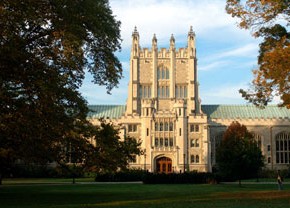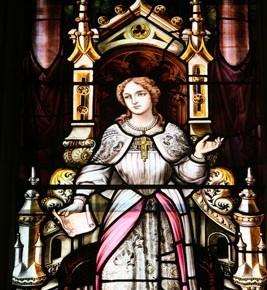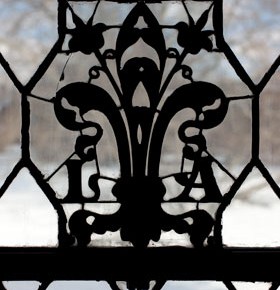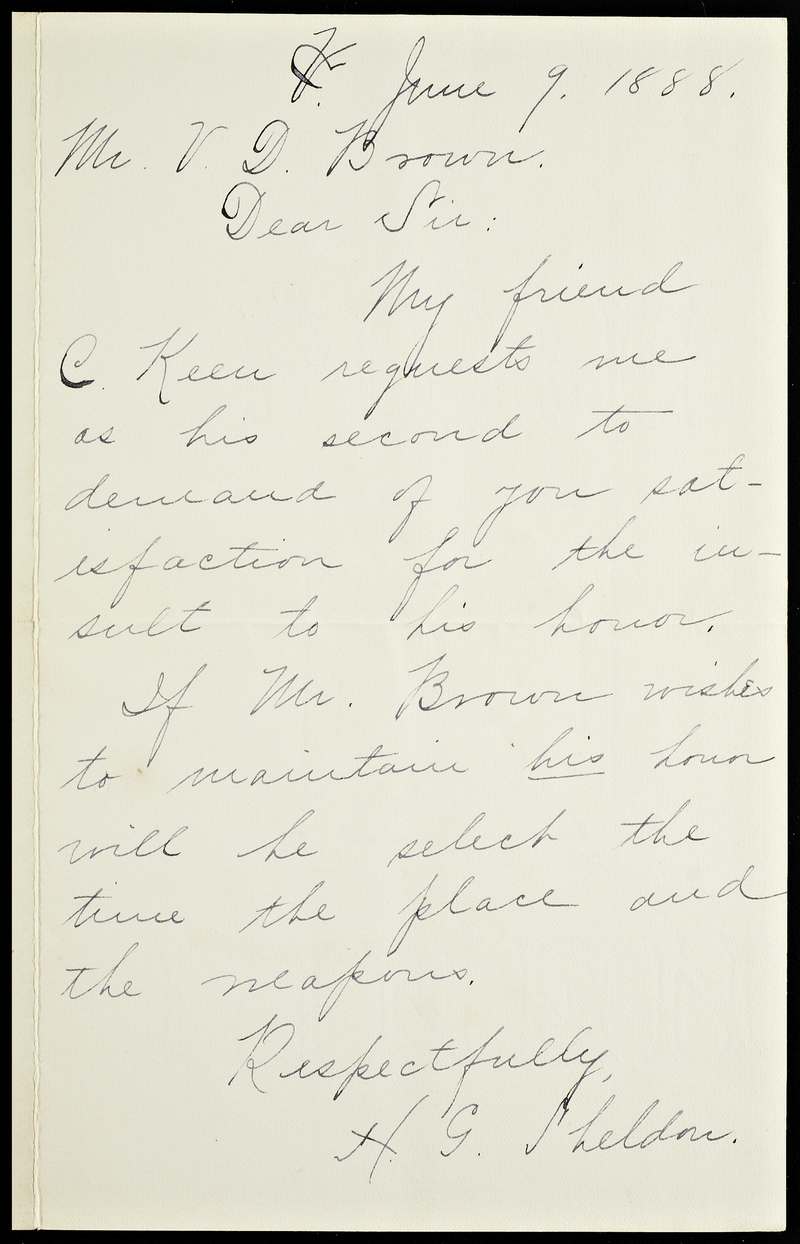We’re celebrating Preservation Week (April 21-27, 2013), and thinking about all the ways you can save – or, much worse, lose – all of the work that you’ve amassed this semester, this year, or perhaps your entire time at Vassar. Most of the research and personal work that you’ve done is probably in digital form, from the articles you found in JSTOR to the analyses saved in Microsoft Word; you’ve most likely amassed hundreds of photos, maybe a video or two (or fifty), as well as other personal digital objects along the way.
Are your files safe right now? Will they be safe a year from now? What about five or ten years in the future?
Each question has its own answer. As Bill LeFurgy, digital preservation manager at the Library of Congress writes, we need to be better aware of “how much our digital files actually do mean to us,” as he highlights in this blog post. To tackle this problem, think about short-term and long-term digital preservation goals.
Short term
In the short term (that “now” to “a year from now” question), it is important to know what you have accumulated, what formats your files are, and what is in each file.
TIP: whenever possible, find the best copy of your work, which is usually the original. For example, if you take a lot of pictures, the original pictures from your camera or phone are usually better than the ones you’ve placed on Facebook (which may have compressed or cropped the originals).
From there, follow the 3-2-1 Rule.
The 3-2-1 Rule
1. Make three copies.
2. Have at least two of the copies on two different types of media (e.g., one copy on a hard drive and one in your Google Drive or VSpace account).
3. Keep one copy in a different location from where you live/work.
Remember, if you’re graduating, make sure that you have copies of any work in Google Drive or VSpace!
Long term
Long-term digital preservation is much more difficult and often involves reformatting, a way of migrating old file formats to new ones without losing or harming the device (e.g., a hard drive) or the information (e.g., your term paper!) along the way. It is a much larger topic than what we can address here, but please be aware of it! Before you start any long-term project, make sure that you identify what information you have, decide what is important, and get organized. For any files that you know you can still read, make copies; then educate yourself about the trade-offs of different types of storage, websites, etc., to help you accomplish digital preservation. Finally, make sure that you name your files in a way that will help you remember what is contained in them. These steps will help you decide on a digital preservation strategy as you move forward.
Expert tips and advice
For more information, visit:





